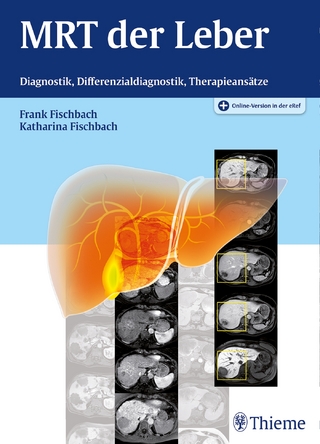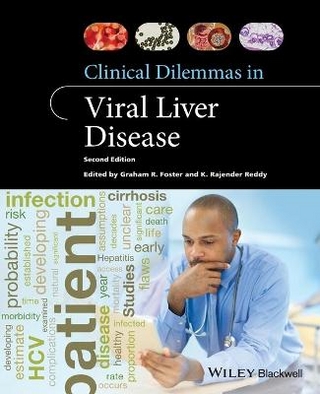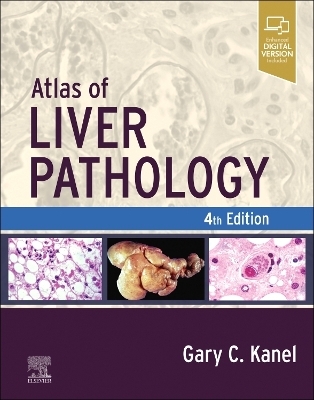
Liver and Nervous System
Springer (Verlag)
978-0-7923-8742-8 (ISBN)
- Titel ist leider vergriffen;
keine Neuauflage - Artikel merken
This book, the proceedings of the Falk Symposium No. 103 held in Freiburg, Germany, on 4-5th October 1997, summarizes current knowledge on the interaction between the liver and the nervous system under physiological and pathophysiological conditions.
Preface. 1. Hepatic Parasympathetic Nerves and Glucose Metabolism; W.W. Laut. Section I: Liver Innervation. 2. Peripheral and Central, Functional Neuroanatomy of Sensory and Motor Innervation of the Portal-Hepatic Axis and Biliary System; H.-R. Berthoud, W.L. Neuhuber. 3. Innervation of the Transplanted liver in Diseased States and Following Transplantation; A.D. Burt. 4. Peptidergic Innervation of the Liver; E. Fehér. Section II: Functions of Efferent Nerves. 5. Role of Hepatic Nerves in the Control of Normoglycemia; A.B. Steffens, et al. 6. Galanin in Sympathetic Nerves of Dog Liver: Effects of 6-Hydroxydopamine; G.J. Taborsky, et al. 7. Role of Prostanoids in the Metabolic and Hemodynamic Actions of Sympathetic Liver Nerves; G.P. Püschel, et al. 8. The Role of Lipid and Peptide Mediators in Interhepatic Cell-to-Cell Communication: Regulation of iNOS Expression in Kupffer Cells; S.B. Mustafa, et al. 9. The Role of Osmolytes in Intrahepatic Cell-Cell Communication; S. vom Dahl, et al. 10. Functions of Hepatic Gap Junctions Analyzed in Connexin32 Deficient Mice; K. Willecke, et al. 11. Hypothalamic Control of Liver, Muscle and Adipose Tissue Metabolism; T. Shimazu. 12. The Role of Cholinergic Neurons in the CNS on Glucoregulation; A. Iguchi. 13. Role of Central Opiates, Glutamate and Catecholamines in Modulating Glucose and Protein Metabolism; N.N. Abumrad, P.E. Molina. Section III: Functions of Afferent Nerves. 14. An Electrophysiological Study on Hepato-Visceral Reflex: The Role Played by Vagal Hepatic Afferents from Chemosensors in the Hepato-Portal Region; A. Niijima. 15. Role of the Nervous System in the Control of Net Hepatic Glucose Uptake in Vivo; M.C. Moore, A.D. Cherrington. 16. Role of Intrahepatic Muscarinic Nerves in the Control of Net Glucose Uptake by the Liver; K. Jungermann, et al. 17. Role of Hepatic Afferent Nerves in the Control of Food Intake; W. Langhans. 18. Role of Hepatic Afferent Nerves in the Control of Saline and Water Intake; A. Adachi, M. Kobashi. 19. Hepatic Sensing in the Control of Food Intake: Unresolved Issues; M.I. Friedman, et al. 20. The Influence of Oronasal Stimulation and Hepatic Afferents on Hypothalamic Control of Food Intake; M.M. Meguid, S. Fetissov. Section IV: Direct and Indirect Organ-Organ Interactions. 21. Regulation by Enterohepatic and Hepatoenteral Nerves of Hepatic Glucose Uptake and Intestinal Carbohydrate Adsorption; F. Stümpel, et al. 22. Functional Cooperation of Liver and Kidney and the Generation of Hepatorenal Syndrome; F. Lang, et al. 23. Pituitary Adenylate Cyclase Activating Polypeptide (PACAP): A Neuromodulator in the Pancreas, Liver and Adrenals; N. Yamaguchi, et al. 24. Ammonia and Astrocyte Function; M.D. Norenberg, et al. Section V: Nervous System In Liver Disease. 25. Sympathetic Nervous System (SNS) in Chronic Liver Disease; J.H. Henriksen, et al. 26. Reflex Regulation of Renal Sympathetic Nerve Activity in Cirrhosis; G.F. DiBona. 27. Regulation of the Osmotic Set Point of Vasopressin in Cirrhosis; P.-Y. Martin. 28. Osmoregulation of Hepatic Metabolism; D. Häussinger. 29. Autonomic Dysfunction and Liver Disease; T. Frieling, et al. 30. Pathogenesis of Hepatic Encephalopathy; R.F. Butterworth. 32. Circadian Rhythms and Liver Disease; A.T. Blei, P. Zee. 33. Wilson Disease Epidemiology and Molecular Biology; P. Ferenci. 34. Neurological Manifestations in Wilson's Disease; H. Hefter. Index.
| Erscheint lt. Verlag | 30.6.1998 |
|---|---|
| Reihe/Serie | Falk Symposium ; 103 |
| Zusatzinfo | 416 p. |
| Verlagsort | Dordrecht |
| Sprache | englisch |
| Gewicht | 865 g |
| Themenwelt | Medizinische Fachgebiete ► Innere Medizin ► Hepatologie |
| Studium ► 1. Studienabschnitt (Vorklinik) ► Physiologie | |
| ISBN-10 | 0-7923-8742-2 / 0792387422 |
| ISBN-13 | 978-0-7923-8742-8 / 9780792387428 |
| Zustand | Neuware |
| Haben Sie eine Frage zum Produkt? |
aus dem Bereich


